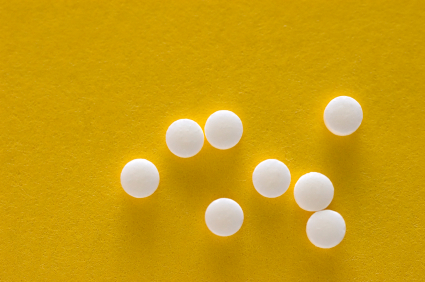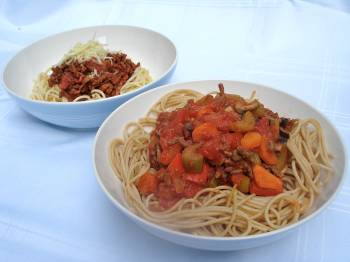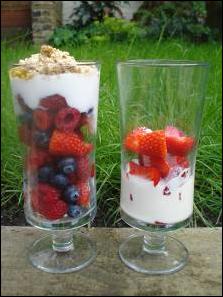We all like to enjoy a holiday from time to time, especially in the summer holiday season. Whether it’s a trip overseas, a weekend away, or spending time with family and friends at home. Taking a break from our normal routine is essential for our mental wellbeing.
However, it can seem difficult to keep up healthy habits during the break and be challenging to get back into the swing of things when you return. Delicious cuisines to taste, beaches to lay on, and cocktails to sample make it difficult to stick to a weight loss plan.
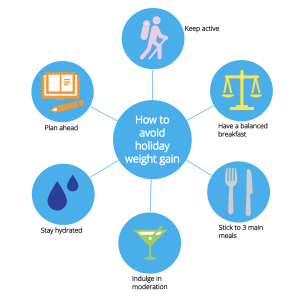
This guide, from OurPath, the first online programme to be used by the NHS to support long-term weightloss, provides tips to avoid holiday weight gain and, more importantly, successfully return to a healthy routine once you get back from the break.
1. Start the day with a balanced breakfast
If you’re not preparing your own meals while you’re away and enjoying a hotel buffet, for example, it can be easy to overeat past the point of feeling full.
However, nourishing your body well in the morning with a balanced breakfast can mean you’re more likely to stay on track for the rest of the day.
Opt for higher protein options, to keep you fuller for longer. Some good examples include:
Scrambled eggs, mushrooms and a small spoon of baked beans
Natural yoghurt with a sprinkling of nuts and seeds and a small portion of fruit
Omelette with vegetables
Boiled eggs with some cured meats/cheeses
2. Stick to three main meals a day
To avoid overindulging at one meal or having sugary snacks, try to stick to 3 main meals a day. The goal should be to include a form of protein, plenty of non-starchy vegetables, and a small amount of fat in each meal.
If you have a carb-heavy meal, such as pasta, then consider choosing a protein and vegetable-heavy dish for your next meal, such as fish with spinach or broccoli.
Do not be afraid to ask for meals to be adapted to your preferences, like substituting potatoes for green vegetables or leaving the dressing off a salad and opting for olive oil instead.
If your accommodation facilitates it, picking local produce from a market and cooking for yourself can be a fun way to stick to your 3 meals a day. Plus this is a good opportunity to explore new foods and flavours, while eating something healthy, especially if you are away for longer periods. Fresh, locally grown fruit and vegetables often taste better too!
3. Stay hydrated
Our brain often confuses feelings of thirst for hunger. By keeping hydrated, we can avoid snacking unnecessarily. Especially when travelling to a warmer destination, sweating and swimming increase the chances of dehydration.
Whether you are relaxing by the pool or exploring towns and cities, try to keep a bottle of water with you at all times, preferably in the shade! On top of this, aim to have a glass of water with each meal. Sparkling water with ice and fresh lime can be a refreshing alternative to plain water in warm weather.
4. Indulge in moderation
Holidays are a great opportunity to relax and enjoy yourself, but the key is to try and not overdo it too frequently on your trip. It’s not necessary to completely avoid alcohol and there is nothing wrong with having a glass of wine with your evening meal. However, overindulging in alcohol affects weight gain both directly and indirectly.
If you are going out to a bar, for example, try alternating alcoholic drinks with sparkling water, or have a glass of water beside you to help stay hydrated too.
Choosing long drinks is a good way to reduce the alcohol concentration of your drink and make it last longer (e.g. white wine and soda water spritzer or a single vodka and soda in a tall glass). You’ll thank yourself for it the next day too!
5. Pre-prepare
If you have a long journey to your destination try not to rely on finding suitable snacks at train stations, petrol stations, or airports. Preparing healthy snacks in advance means you’ll have something to satisfy your hunger and not be stuck with unhealthy options in cafes or shops.
Nutritious snacks that travel well include unsalted nuts, vegetable sticks, plain popcorn, or fruit. Not only is this way much healthier but also much less expensive. Having satisfying and balanced main meals will also help to eliminate the need to snack excessively.
When you know you will be eating out at a restaurant, try to scope out the menu ahead of time online. This will give you an idea of what is on offer and give you the opportunity to think about the most nutritious options. This will also prevent any last-minute decisions under pressure or influence from other peoples’ choices.
6. Keep active
You may actually find that you have more time for physical activity whilst on holiday. Trying a new activity, like kayaking or swimming, can be a good way to have fun and stay active. Going for beach walks, hikes, or strolling around local towns is a great way to explore and keep moving.
On the other hand, if you’re travelling for work, you may find yourself short on time or limited in what is available. Remember that any activity is better than no activity. Try starting your day with a brisk walk or jog around the local area, a few laps in a pool (or sea!), or even a quick online yoga class in the comfort of your own accommodation.
How to get back on track after your holiday
It can be difficult to find the motivation to get back on track after a holiday. Following these steps will help you to slowly readjust to a healthy routine.
1) Revisit your goals
Sometimes we come home feeling refreshed and ready to restart our healthy habits straight away. Other times, we feel a bit flat and struggle to get going again. In these instances, it helps to think about our goals. For example, you might be focused on increasing your energy or feeling more confident in clothes.
Start by identifying your values, obstacles, and unwanted actions, then determine your goals from here. Don’t forget to write these down and put them somewhere you can see them every day, such as a post-it on your bathroom mirror. Setting goals is an important step to help you focus.
2) Rebuild habits by starting small
Now that you have reminded yourself of your goals, think about the practices you need to put in place to achieve these. It could be healthy habits you were doing before your break that you’d like to restart or new habits you think are important to set up.
Remember, when starting a new habit (or restarting an old one), it’s best to begin with small changes first, to help your brain learn and focus on this new process. For example, if you were previously going to the gym for an hour, 4 days a week before your holiday, think about a small action you can start to rebuild this routine. It might be going to the gym for 20 minutes, 4 days a week. It might be going to the gym for 10 minutes, five days a week. As you get back into this pattern and restore your fitness, you’ll find you can gradually increase your workout times back to usual.
You may have slipped out of the habit of cooking at home while you were away, and would like to get back into the process of meal planning and preparation. Instead of cooking a new recipe each night, you could choose meals that are simple and quick to make, such as a wholegrain wrap with ham and salad for lunch, or an omelette for dinner. Once you’re feeling confident with this, start to choose more advanced recipes and experiment with new ingredients.
At first, it may take a little more time and effort to reset your habits after a break. But once you’ve done this a few times, you’ll start to notice this healthy way of living becomes your ‘default’ mode, and it’s much easier to get back on track. The key is repetition, and knowing that big things come from small beginnings.
3) Moving forwards
Finally, try not to get too disheartened if you’ve gained weight, decreased your fitness, or reverted to old habits while you were away. Living a healthy life is all about balance. While we can endeavour to maintain our healthy choices when on holiday, it’s also a time to enjoy ourselves, relax, and indulge a little.
Yes, you may have gained some weight on the scales, but this will come back down once you’re eating balanced meals and exercising regularly. Instead of getting caught up in the numbers, try to turn the focus back to your intrinsic motivations for making changes. You can also take advantage of the mental energy and clarity that often comes from a holiday to set yourself new challenges.
Take home message
Aiming to stick to 3 balanced, satisfying meals a day reduces the chances of slipups and sugary snacks.
Staying hydrated by drinking plenty of water is incredibly important, especially in hot weather.
There is no need to completely avoid alcohol on holiday, but try to indulge in moderation, such as having a glass of wine with your meal.
Pe-prepare healthy snacks for when you are going to be out for a while and plan ahead when you are eating out by reading the menu ahead of time.
Use your holiday as a chance to try exercising in a new way, such as hiking or walking around a new town.
When you return from the break revisit your health goals, start small, and try not to harbour any guilt for enjoying yourself.
Once you start eating balanced meals and exercising regularly, your healthy routine will become automatic once again.
About OurPath
OurPath is an app-based 12-week programme which helps people to lose weight in a healthy, sustainable way. It was the first online programme to be used by the NHS to support long-term weight loss.
As part of the programme, you are provided with your own personal health coach (a registered dietician or nutritionist) who guides you through the educational materials and is there for daily support and guidance.
The main thing that makes the OnePath approach different is that there is not an emphasis on calorie counting or strict meal plans. Though this can work short-term, ultimately normal life gets in the way and the weight comes back on again. Instead the plan tries to look at building healthy habits that are easy to stick to, taking learnings from mindfulness and CBT to address some of the root causes of things such as binge or stress eating.
There are two different packages offered – the first is the NoTech package, which includes the 12-week programme with full support as well as a physical copy of the recipe book and handbook. The Tech package has the addition of smart scales and an activity tracker.



 The study, which involved 40 teenage girls, found that participants consumed more than 350 fewer calories on days when they missed breakfast, compared with the days when they ate breakfast.
The study, which involved 40 teenage girls, found that participants consumed more than 350 fewer calories on days when they missed breakfast, compared with the days when they ate breakfast.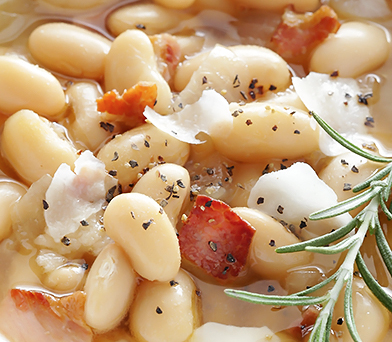
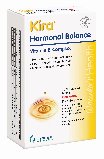
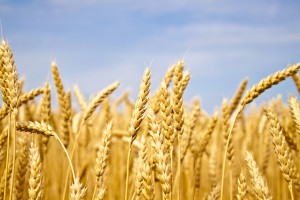
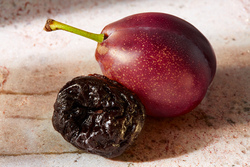

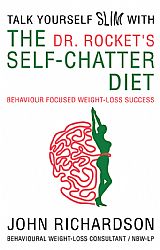


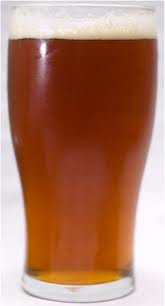






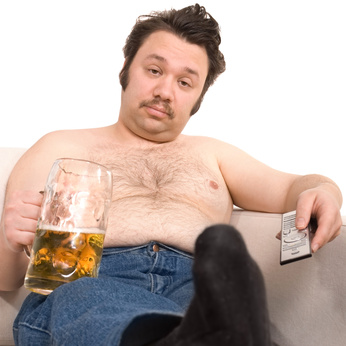


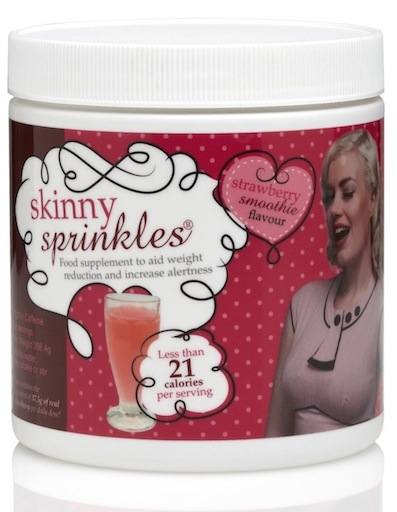 FULFILL PLUS
FULFILL PLUS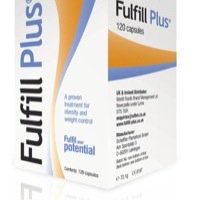
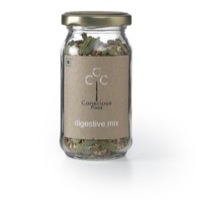

 FIBRETRIM
FIBRETRIM SANAFIL
SANAFIL ZUCCARIN
ZUCCARIN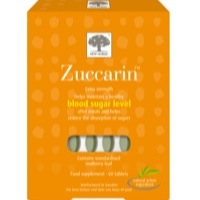
 SUPER OMEGA-3
SUPER OMEGA-3
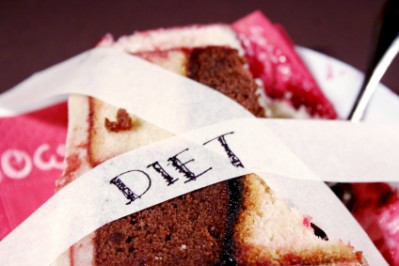
![Lorcaserin [320x200].jpg](https://www.elixirnews.com/assets_c/2010/10/Lorcaserin [320x200]-thumb-320x194-343.jpg)
![Reverse Type 2Diabetes [320x200]-thumb-213x320-337](http://elixirnews.com/wp/wp-content/uploads/2010/10/Reverse-Type-2Diabetes-320x200-thumb-213x320-337.jpg)
![Eat-Clean Diet [640x480].jpg](https://www.elixirnews.com/assets_c/2010/09/Eat-Clean Diet [640x480]-thumb-480x612-243.jpg)
![Merediabig [320x200].jpg](https://www.elixirnews.com/assets_c/2010/10/Merediabig [320x200]-thumb-320x320-310.jpg)
